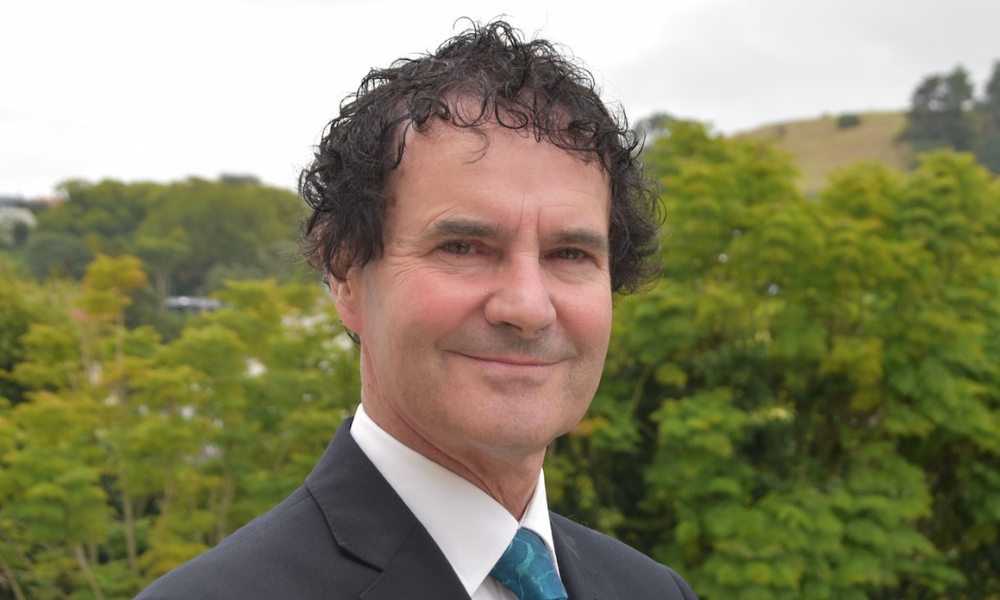But have they peaked? Economist weighs in

With interest rates on the rise, New Zealanders on fixed mortgages who snapped up low rates during the past few years are anxious as their loan terms come to an end.
There is volatility in the market as variable mortgage rates have consistently risen throughout 2022 and the official cash rate has been rising since October last year to now sit at 4.25%, with economists predicting future hikes into next year.
Independent economist Tony Alexander (pictured above) said in his view, fixed rates had now probably peaked amongst lenders, which meant the next shift in focus would be accepting the worst-case scenario for debt servicing costs.
“Once we throw in some mild consideration of rates declining over 2023, buyers will step forward,” Alexander said. “My best guess for this to happen would be before the end of the March quarter. But do keep in mind that no-one has developed a record for good interest rate forecasting for a long time here in New Zealand and overseas.”
Alexander said he had been noticing signs of a long overdue correction to the property sector.
“The past few years has been a period in which people have become convinced that there is a shortage of housing, not just in the cities, but everywhere else as well,” he said.
“This belief in a universal shortage has been encouraged in public commentary with regards to the difficulties young people have been having with their first property purchase, with the mistaken belief that affordability will be strongly improved by simply boosting house supply.”
Alexander said rising construction costs had been on a strong path upward for a long period of time, with assistance from different levels of governments adding layers of extra costs to developers looking to supply extra housing.
“Rising construction costs provide a natural floor to overall house price levels and we expect a change in the house price outlook from some point probably in the first half of next year, but not now,” he said.
“The negatives dominate currently and it would be premature to argue that the downward phase of the house price cycle has reached its natural end. There is emerging evidence of construction cost inflation easing now that the pipeline of construction is starting to be cleaned out.”
Alexander said in seasonally adjusted terms, the number of new building consents continued to tumble.
“In October, they fell by almost 11% from September’s total, which is the greatest monthly decline since February 2021 and means the annual number of consents issued has fallen slightly to 50,252 from 50,732 in September and a peak of 51,015 in May,” he said.
“We are probably headed down towards 35,000 or thereabouts. The number of consents issued has held up surprisingly well despite rising interest rates, only 0.6% nationwide population growth in the past two years, falling house prices and depressed consumer sentiment.”
Alexander said the reality was probably only now settling in – with multi-unit properties the only sector of construction that was most likely to feel the intense decline.
“The issuance of consents for standalone houses peaked on an annual basis late in 2021, but townhouses kept rising and rising,” he said.
“Changing the rules to allow intensification is all well and good but people have paid too much for the development land and not allowed for soaring construction costs and delays, making their project no longer financially viable. Presales required by banks for financing are hard to secure outside of the most favoured suburbs and newspapers abound now with stories of failing developers and people losing their savings, so there is worse to come.”



